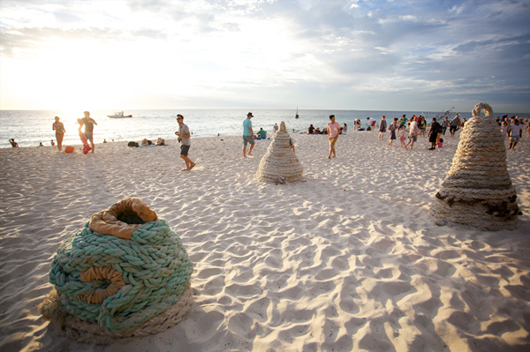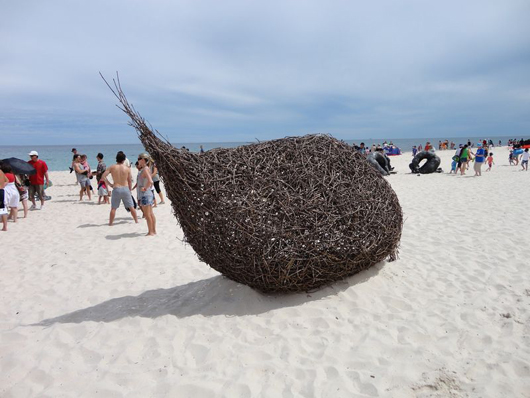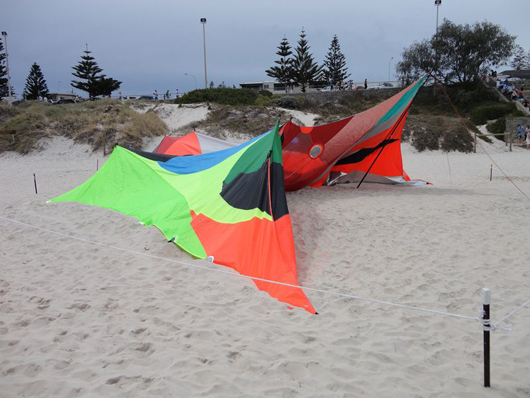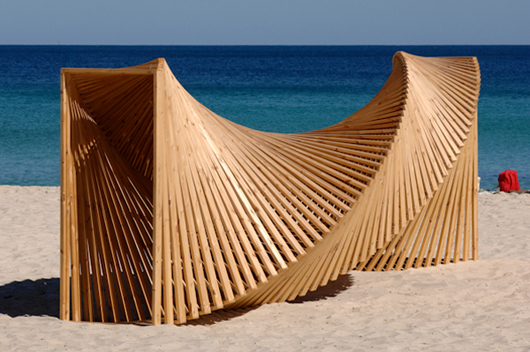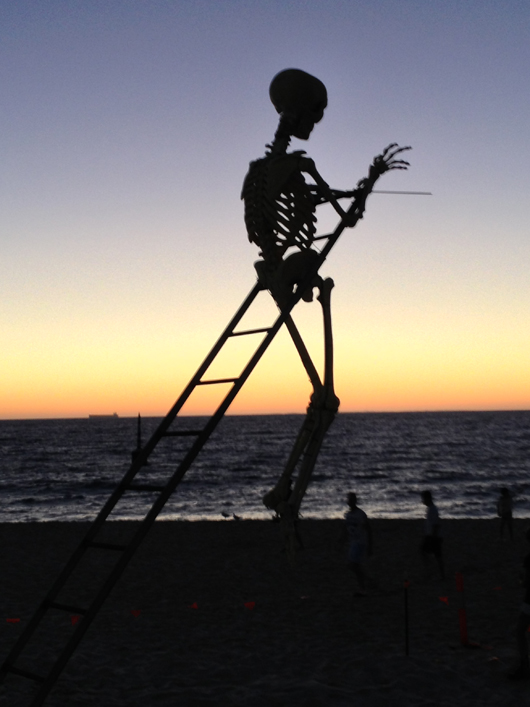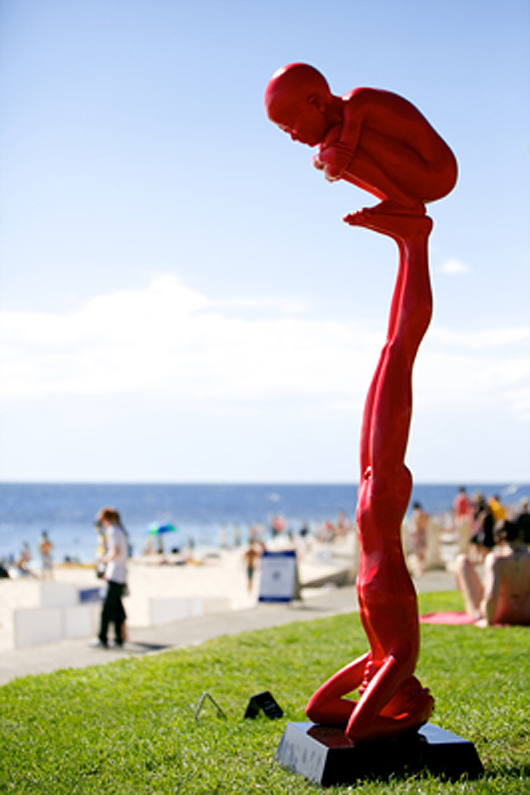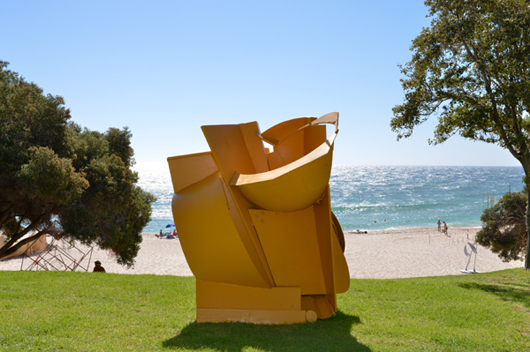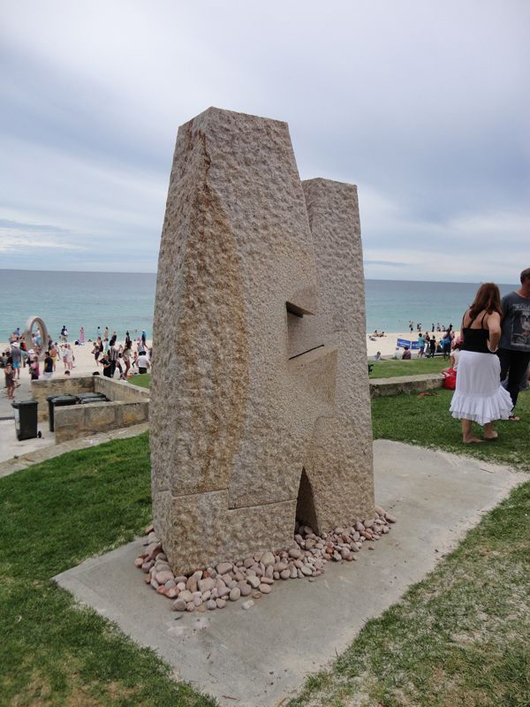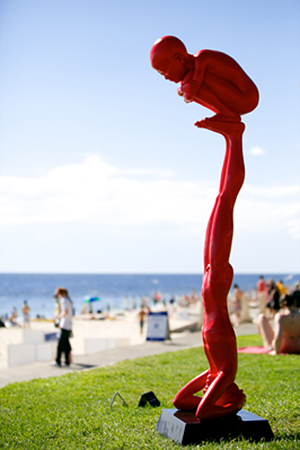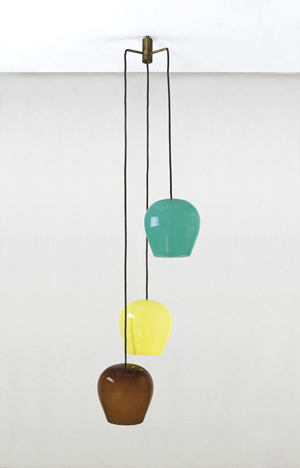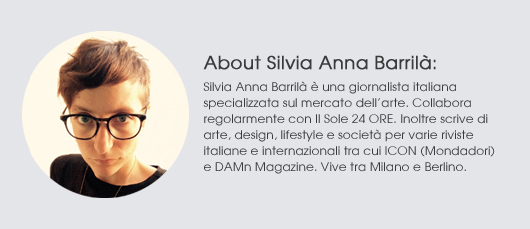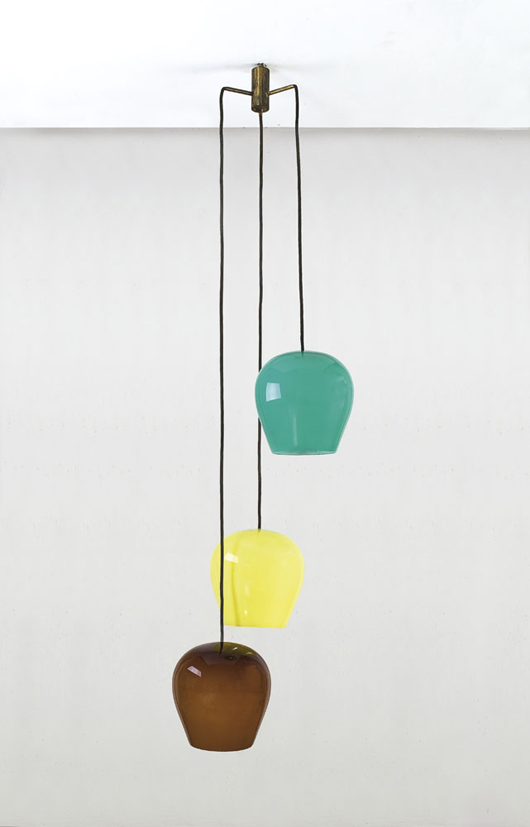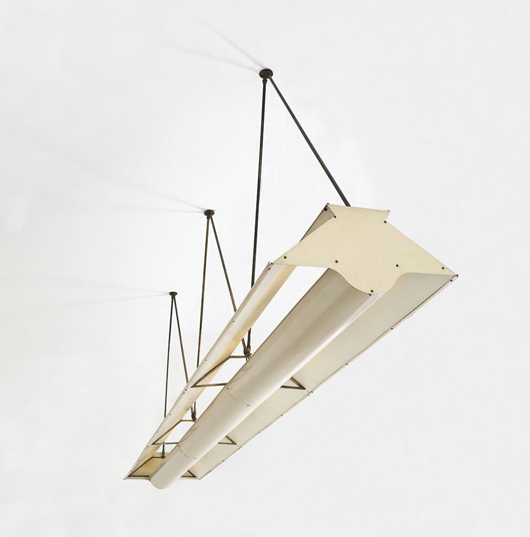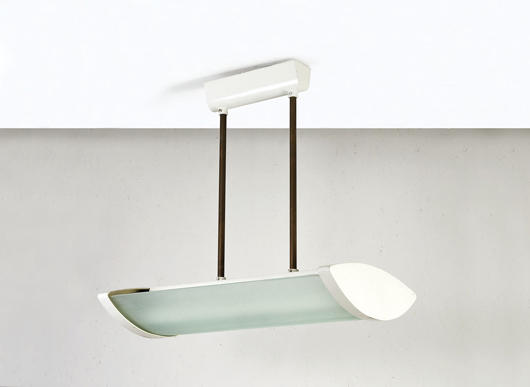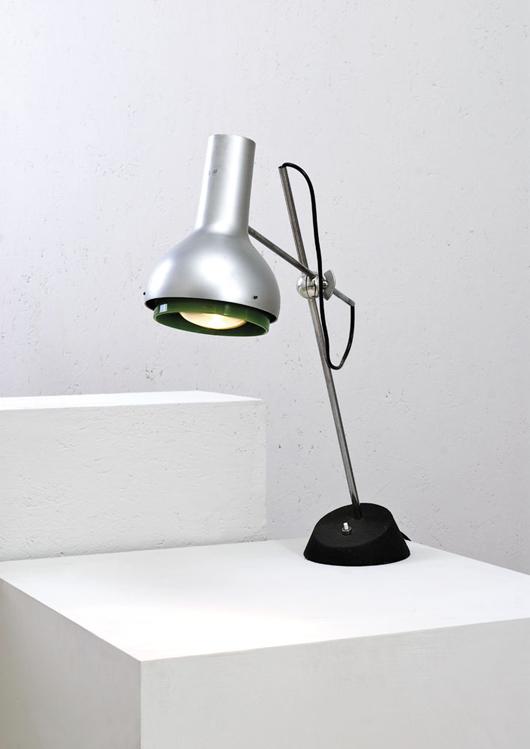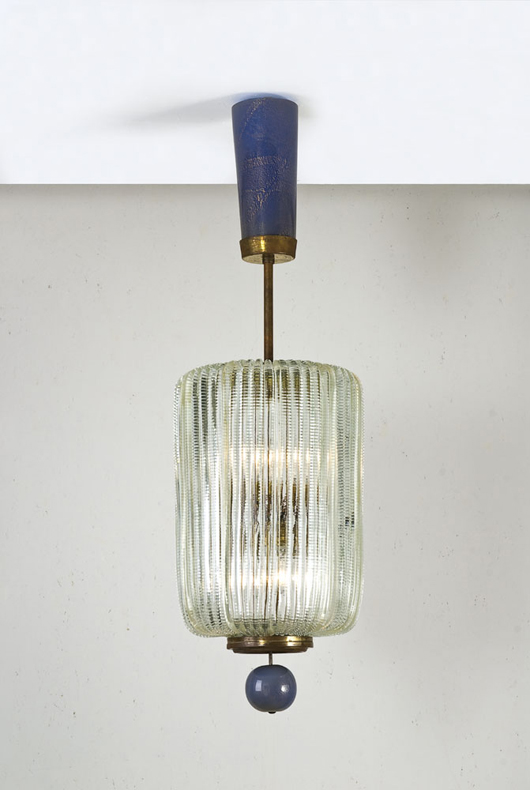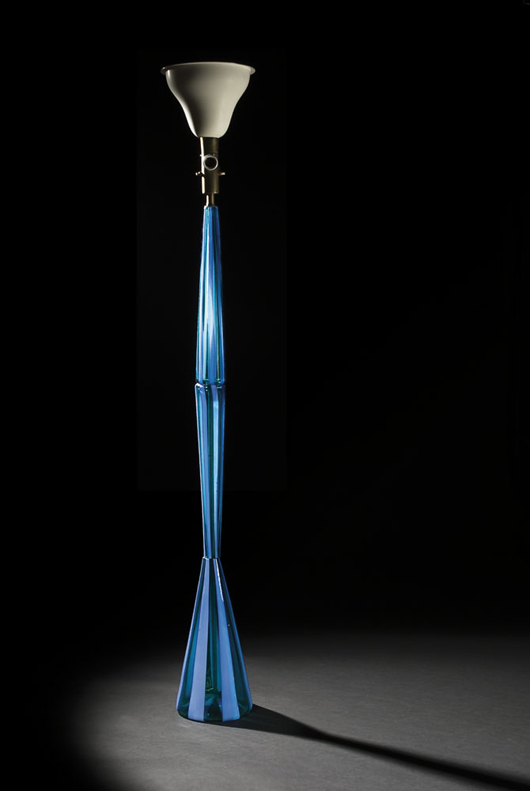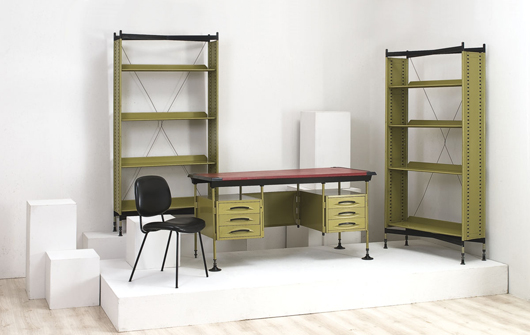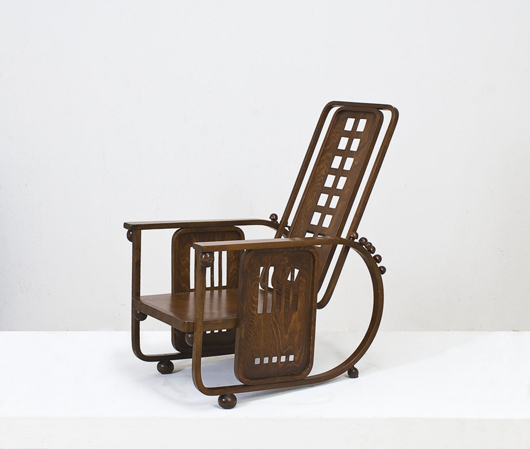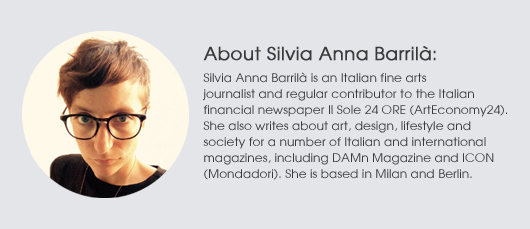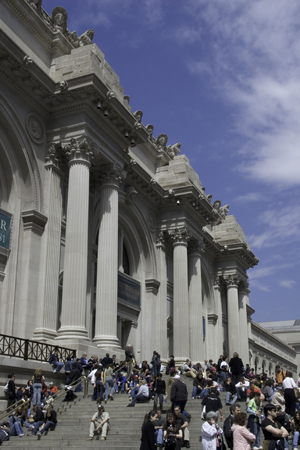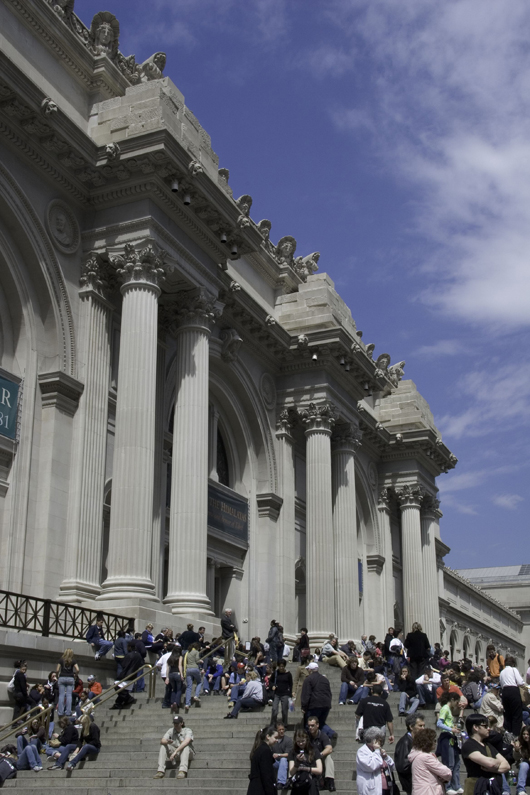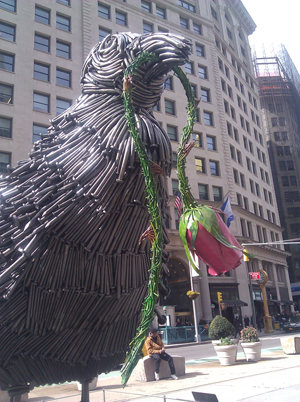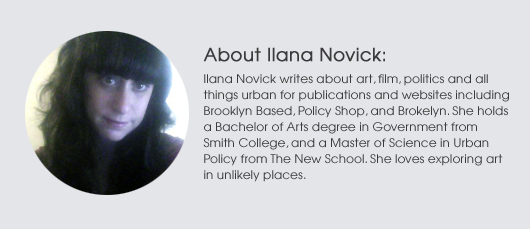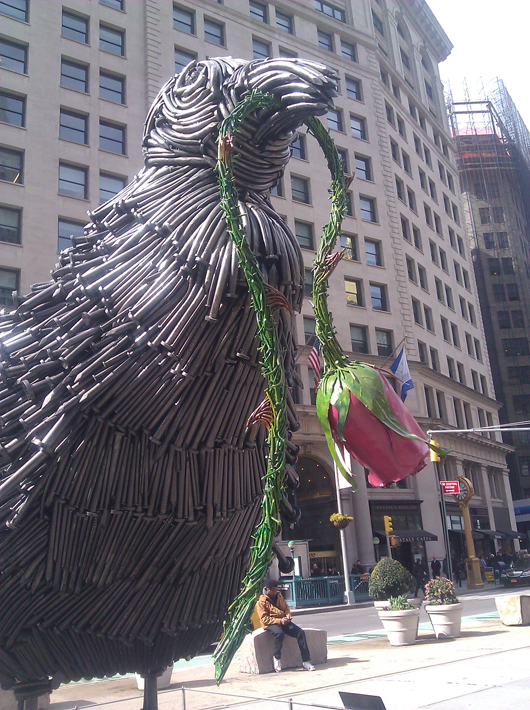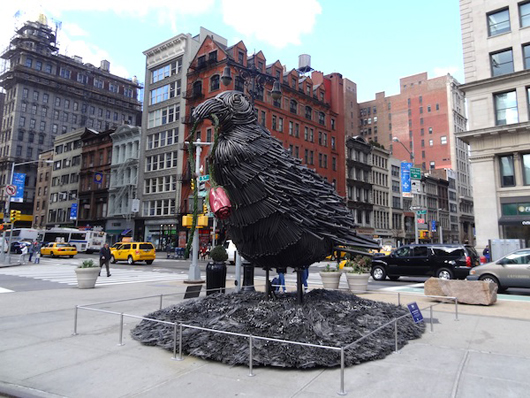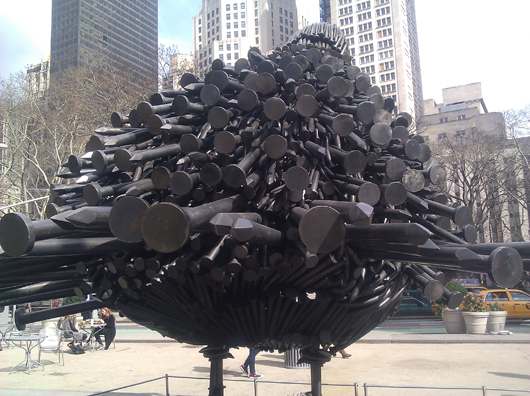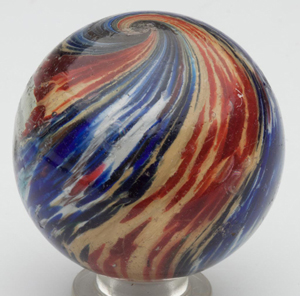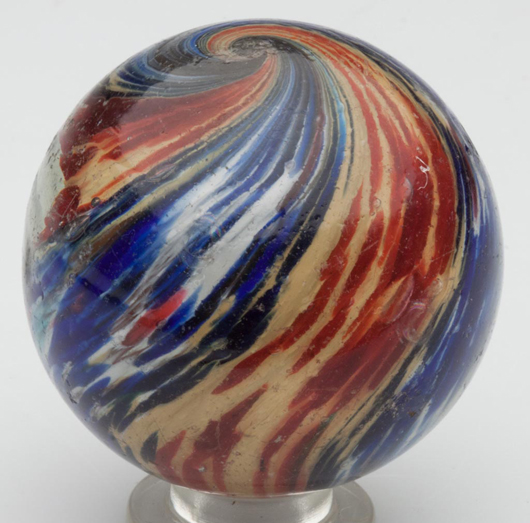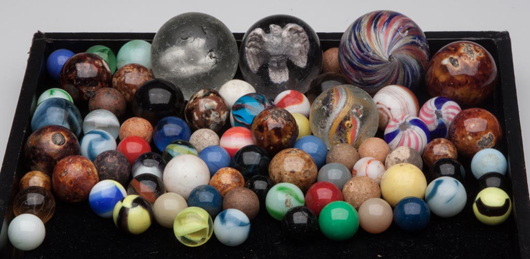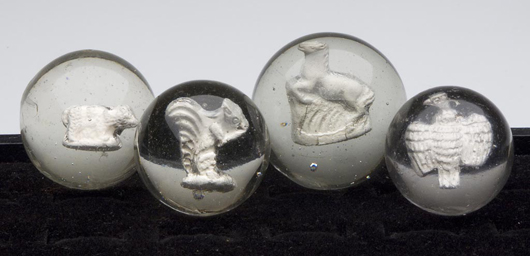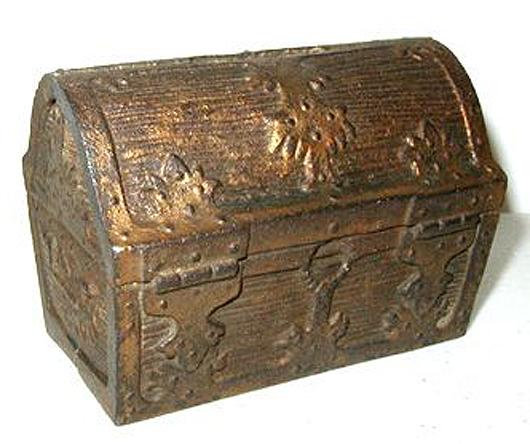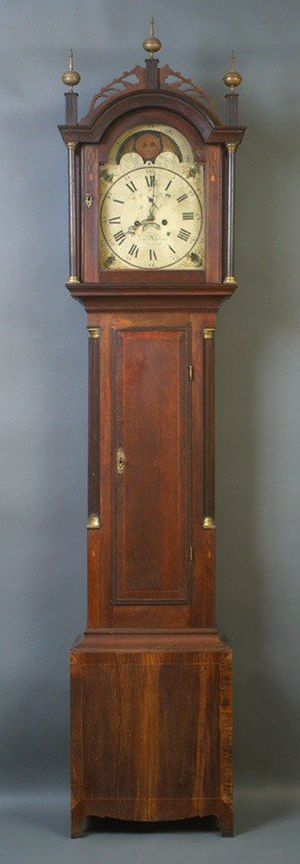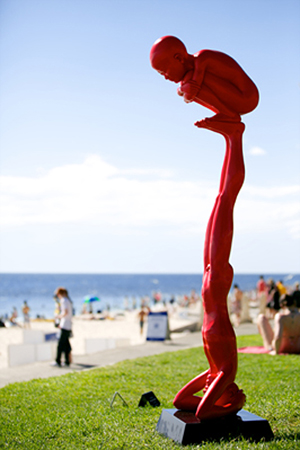
PERTH, Australia – Sun, sand, sea, swimming … and, OK, the occasional shark. It’s a quintessentially Australian combination. Add a little sculpture to that cocktail and it’s easy to see how, over the past 16 years, the biannual Sculpture by the Sea festival has become a mainstay of the Australian cultural calendar.
For three weeks every March, Cottesloe, a laid-back beachfront suburb of Perth, hosts around 70 sculptures by contemporary artists from around the world, attracting an estimated 250,000 visitors. In October, almost twice that number head to Sydney to see 100 works displayed along the coastal walk from Bondi to Tamarama Beach. When former lawyer David Handley conceived the idea of Sculpture by the Sea back in the mid-1980s, he had no idea of the extent to which his modest community-orientated project would eventually alter the landscape of Australian contemporary art. Not only does it bring international sculpture into the lives of Australians and thousands of visitors from abroad, it also provides precious opportunities for artists to show their work, and in some cases to sell it.
The Cottesloe display, now in its ninth year, is still proving that when executed with wit and style and a certain curatorial generosity open-air sculpture exhibitions have the capacity to build a sense of community and enhance the quality of life of a whole region. It helps, of course, that Perth – the remotest city on the planet – is blessed, like most of Australia, with glorious weather almost all year round. When this year’s exhibition opened on a lovely Friday morning at the beginning of what Australians quaintly call autumn, the temperature was in the low 30s (Celsius) and the skies a ridiculously intense, cloudless blue. As most anaemic Brits will testify, when you’ve been starved of natural light for 12 months even mediocre sculpture can make a reasonably convincing case for itself.
Apart from its beautiful locations in Perth and Sydney, what makes Sculpture by the Sea such a breath of fresh air is its breezy determination not to take itself too seriously. This is sculpture as entertainment, sculpture for kids and families, sculpture to climb on (in a few cases), to go ‘Wow!’ at, or ‘Huh?’, or ‘Hey! How did she do that?’ The wow factor is one of the festival’s main strengths: a reminder that art doesn’t always need to be high-minded and impenetrably oblique. Sometimes it’s enough to create a pause in the daily routine, to interrupt conventional channels of thought. It’s a pleasure to see a crowd of weekenders clustered around a work, pointing at it and exchanging ideas about how it was constructed, what material it is made from, how it got here, where the idea might have come from, what it means.
Unsurprisingly, for most visitors Sculpture by the Sea is photo-heaven, seaside snap-candy. Some artists respond accordingly. Big open forms are popular, screaming out for the cheesy portrait or moody landscape shot. But mixed in with the wry and the whimsical, the visual gags and the easy one-liners, are more challenging things, works that hold you up for a moment and invite you to linger, look and think a little more deeply.
Paradoxically, the beachfront location might be considered one of the project’s drawbacks. Few serious sculptures look good sinking into soft white sand and not everything wants to be plonked against a horizon where sky meets sea, however picturesque it may be as the sun sets over the Indian Ocean. Most abstract sculpture needs the counterpoint of a level surface to emphasize its volume, weight and mass, for angles to sharpen, curves to visually swing and roll. Undulating sand often undermines those qualities, but there are exceptions. Akira Kamada’s woven organic form titled Sky, land and sat comfortably on the beach as if blown into shape by the Freemantle breeze, while Maia Anthea Marinelli’s Wind Playground, a huge tent-like structure sewn from recycled windsurf sailcloth, added a dazzling splash of Fauvist color down on the beach where it flapped and billowed dramatically on windy days.
The beach is a second home to most Australians so even those pieces that might have looked better on solid ground such as Hilde Danielsen’s Upside Down Again at least enjoyed as significant a footfall as the works situated up on the lawns overlooking the beach.
Ken Unsworth’s Look This Way – an oversize skeleton perched atop a ladder sunk into the sand, intended as a tribute to the artist’s late wife – was among the most popular works this year, perfectly pitched to amuse and engage while throwing a dramatic silhouette against the evening sky.
The promenade’s surrounding lawns are clearly the prime real estate at the Cottesloe exhibition, enjoyed this year by, among others, illustrious participants such as leading Chinese artists Chen Wenling and Sui Jianguo, British heavyweight Sir Anthony Caro and American artist Richard Rhodes.
Chen Wenling is one of China’s most celebrated sculptors. Critics and collectors have taken with enthusiasm to his massive phantasmagorical creations and signature grinning boys, much of it churned out by an army of assistants in Xiamen and Beijing. His red-painted bronze Games, a gurning adolescent perched on the feet of another figure performing a handstand was going down well with the kids with cameras (Fig. 6). British sculptor Sir Anthony Caro’s orange-painted and welded steel piece, Eastern, enjoyed its own patch of ground and yet seemed slightly out of place in this context. A characteristically thoughtful meditation on concavity, it was hard to find an angle from which to appreciate it without the sea or the tourist attractions distracting. Other works held their own more successfully. Seattle-based sculptor and designer Richard Rhodes’ Embrace: Sentinel series, comprising two chunky interlocking forms in carved granite, was among the few truly standout works, beautifully executed and open to multiple readings. It seemed perfectly at home overlooking the ocean. Brancusi would have liked it.
Sculpture by the Sea also features an indoor exhibition of affordable small-scale works and maquettes, many of which were finding buyers at Cottesloe. Meanwhile the Tactile Tours – offering interactive access to the sculptures for visitors with disabilities – was encouragingly well-subscribed. These aspects of the project underscore why the biannual free festival continues to thrive. The public enjoys it. Artists love it. Quite why more members of Western Australia’s booming business community don’t get behind it with some generous top-line sponsorship remains the biggest mystery.
If you’re visiting Australia later this year, be sure to put the Bondi Beach installment of Sculpture by the Sea on your agenda. It’s got sun, sea and sand, and for a few weeks in October it will have some remarkable sculpture too.

ADDITIONAL IMAGES OF NOTE
